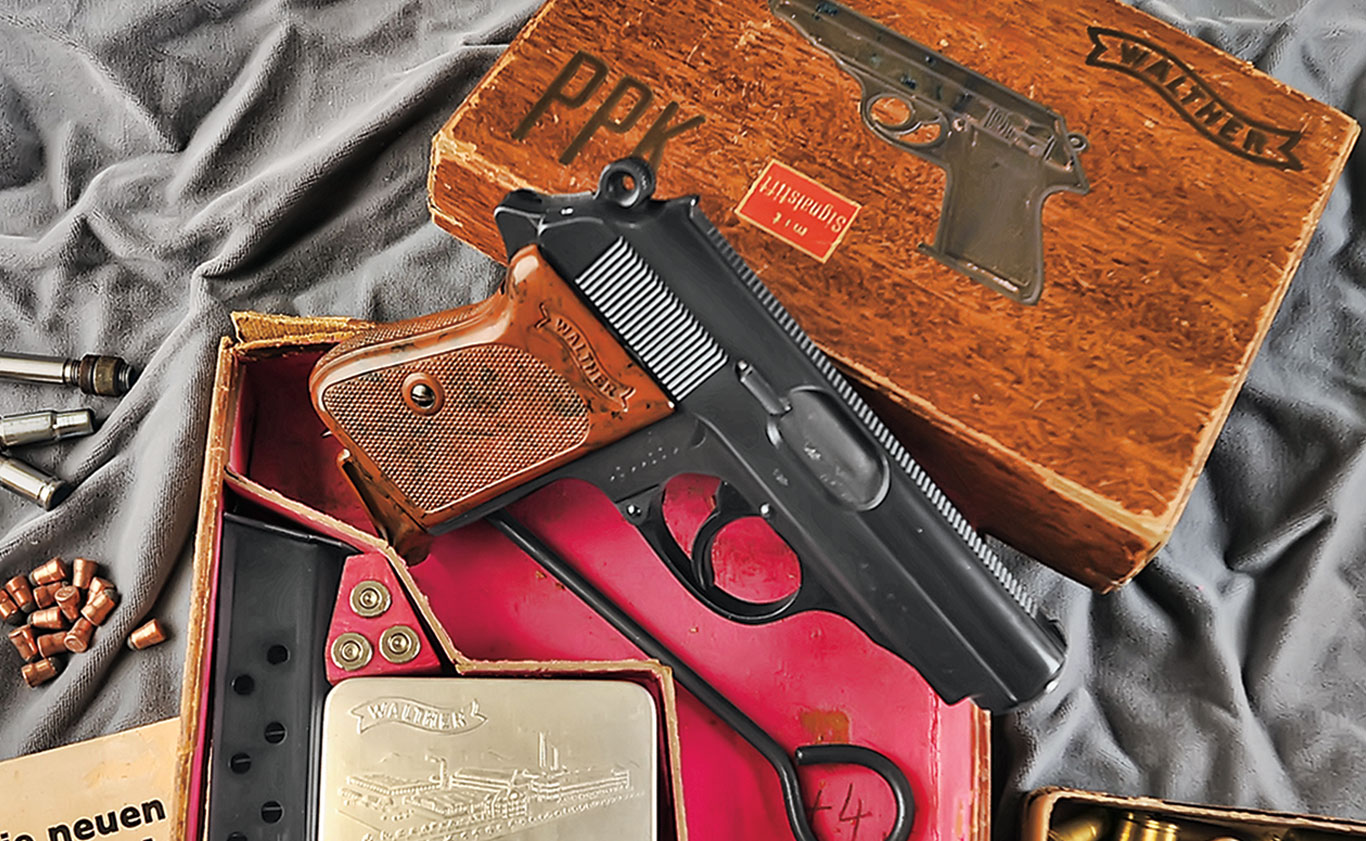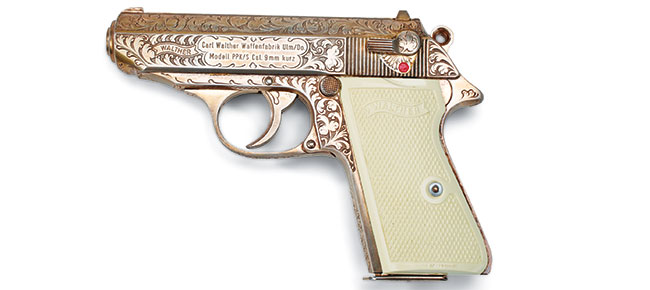
Early 20th century concealability that still meets today’s demands.
It’s hard to believe, but in a couple of years, the vaunted Walther PPK turns 90. Still, for an almost-nonagenarian, the little chap’s looking pretty spry. Without question, this very pocketable double-action (DA) semiautomatic is one of the top three or four most recognizable and esteemed hideouts and has a respectable ranking in the pantheon of top self-loading handguns ever.
The PPK is certainly one of the most storied and famous members of its clan, probably best known to the greater majority of people — even nongun types — as the trusty companion of author Ian Fleming’s master-spy “James Bond”. The pistol has also been, by choice or issue, the sidearm of countless military personnel, police and civilians. Most importantly, according to some accounts, it performed the world an inestimable service by being the instrument with which Nazi dictator Adolph Hitler sent himself into the underworld. Starting out strong, even with the appearance of more modern, powerful carry autos, this seemingly timeless standard still has a very devoted following.
However, the PPK did not spring fully formed from the sky but rather evolved from a slightly earlier DA — the PP (Polizeipistole or “Police Pistol”). The PP was introduced by the esteemed German gunmaking firm Carl Walther Waffenfabrik in 1929.

From inception, PPKs have been excellent canvases for embellishment as exemplified by this post-war, silver-plated and engraved example. (Photo courtesy of the National Firearms Museum.)
Pocket autos were nothing new when the PP/PPK line first appeared, the most notable being the 1900 FN designed by John Browning. From that point on, Browning had something of a lock on the genre, with such classics as the Colt 1903/08, FN “Baby Browning,” and another all-time great,

